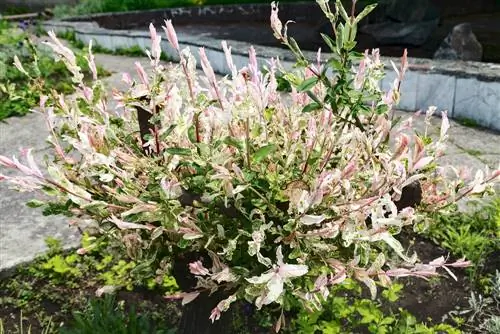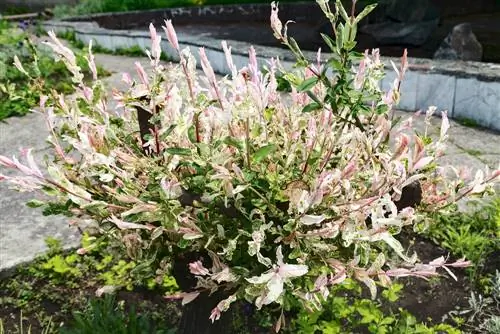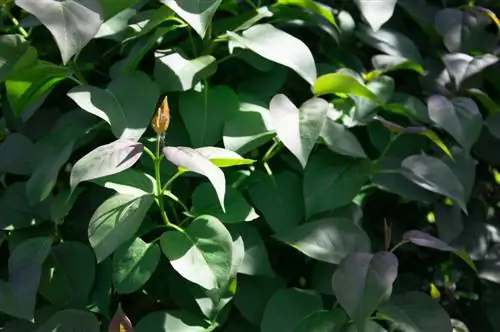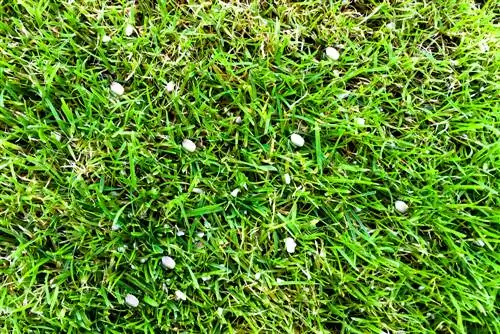- Author admin [email protected].
- Public 2024-01-10 23:11.
- Last modified 2025-01-23 11:21.
You actually planned ahead when creating your garden and then everything turns out completely differently? In particular, the rapid growth of a pasture is often underestimated, so a change of location is urgently necessary. But ornamental willows such as Hakuro Nishiki can also be placed outdoors after being raised in a container. To ensure that the tree thrives in its new location, you should take a few things into account.

How to properly transplant a willow?
To successfully transplant a willow tree, it should be done in October and when it is young. Six months in advance, dig a trench and fill it with compost, cut back the willow, carefully remove the root ball and plant it in the new location.
Is it possible to transplant a pasture?
Basically all pasture types can be replanted after planting. However, this should be done at a young age for two reasons, because
- Willows grow very expansive and tall in a short time
- Older specimens often have difficulty forming new roots in the new location
Time
The best time to transplant a willow tree is October. At this time the tree is neither growing nor sprouting new ones.
Instructions
- Dig a trench around the pasture six months before you plan to transplant.
- Fill this with compost.
- Cut the willow to just above the ground.
- Carefully expose the root ball.
- Be careful to damage as few roots as possible.
- Pry the root ball out of the soil.
- Put the willow tree in water.
- Dig a hole in the new location that is three times the diameter of the root ball.
- Put the willow there.
- Fill the hole with soil and press it down lightly.
- Water the pasture well.
Why is pruning important?
The roots provide nutrients to the leaves and branches. Unfortunately, lifting a willow tree out of the ground cannot be completely avoided without damaging the roots. It could therefore be that the tree has enough nutrients at its new location, but cannot absorb them. The fewer leaves and twigs that need to be cared for in this case, the better the willow will recover. Incidentally, it is completely normal if your willow does not bear any flowers in the first year after being transplanted. The reason mentioned above is responsible. However, it will soon sprout again with conscientious care.






